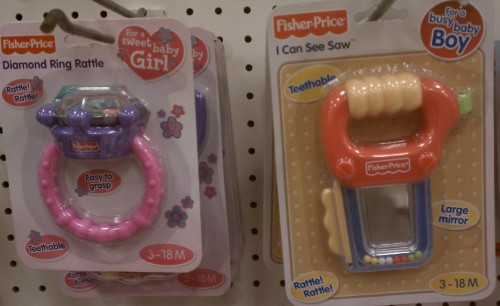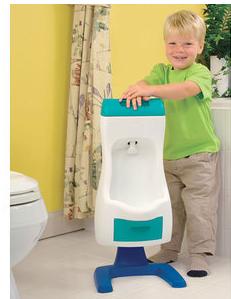A couple of years ago I posted a segment from Sesame Street featuring Jesse Jackson leading kids in a chant of “I am somebody,” including the lines “I may be poor” and “I maybe on welfare.” I wrote about the changes in public discourse about welfare since the 1970s, and how surprising the segment seems now.
Aliyah C. sent in two more Sesame Street videos that illustrate changing norms, particularly regarding what we think it’s acceptable to expose children to. In both cases, a woman is breastfeeding her child in public (in the first case, openly; in the second, covered by a blanket) and explains to an onlooker that the baby is drinking milk from her breast:
Despite the fact that breastfeeding is widely hailed now as the ideal method of feeding babies, Aliyah said it was hard for her to imagine the topic being treated so casually on a children’s show now, or a woman using the word “breast” on Sesame Street without the show facing a lot of outrage.























